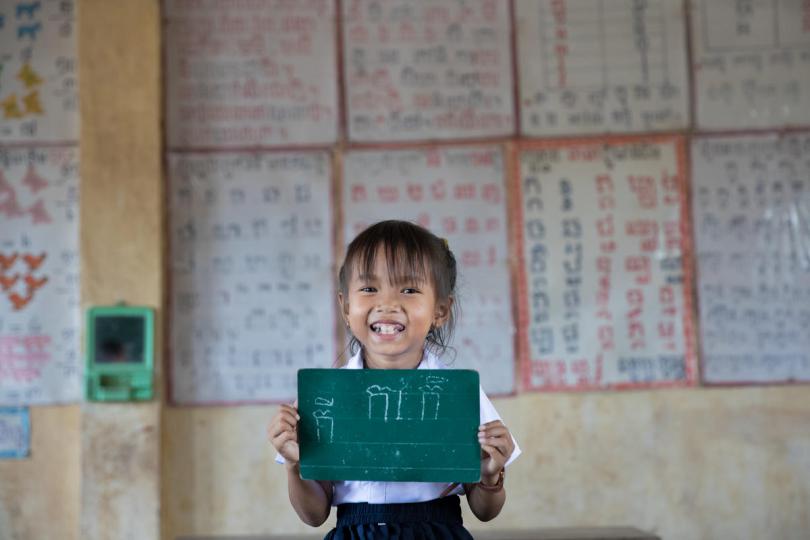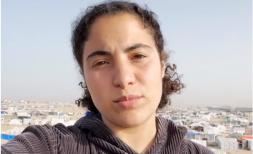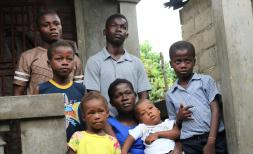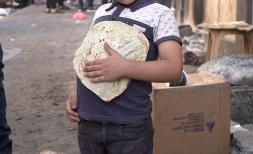How can reading by age 10 fix the learning crisis?
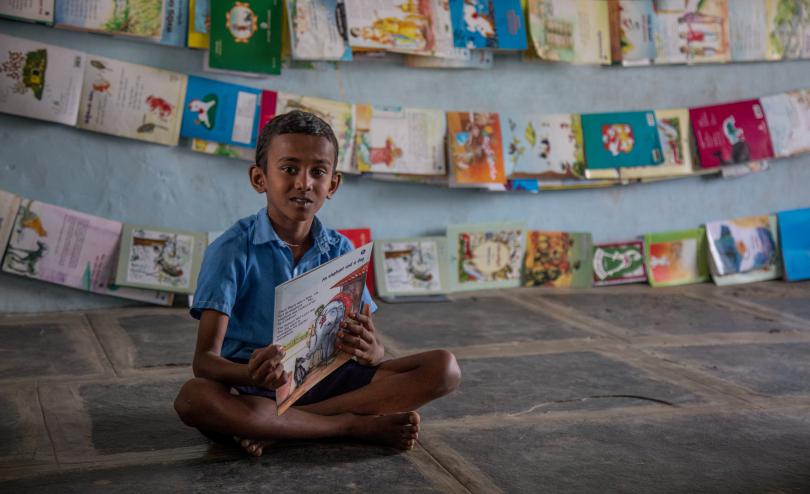
Before the COVID-19 pandemic, the world was already in the midst of a learning crisis. In some of the poorest countries in the world, 258 million children were out of school, including 130 million girls. And even for those who did make it to school, too many children were sitting in classrooms, not learning anything.
Reading is an essential foundation for learning
The ability to understand written language is a basis for all education, and affords access to employment, rights, and services. Every child requires basic foundational literacy skills to open up life choices and opportunities. Literacy will be key to ensuring that all gains made under the SDG framework are truly sustainable. It is essential to building the human resource capacity needed to drive global development and growth.
Yet - the ONE Campaign have today revealed that more than 393 million children have failed to gain the basic literacy skills of a 10-year-old in the past six years. Between 2015 to 2030, over a billion children could fail to acquire basic literacy skills by age 10, missing this milestone. These children could miss the opportunity to secure a better future where they can earn more, innovate and build a more prosperous future. In 2021 alone, that number will be over 70 million children, equivalent to the combined population of Senegal and Kenya.
The poorest countries in the world and sub-Saharan Africa are the worst hit. Nearly 40% of the children who miss the age 10 milestone to secure a better future will come from sub-Saharan Africa. In low-income countries, more than 9 out of every 10 children miss this milestone.
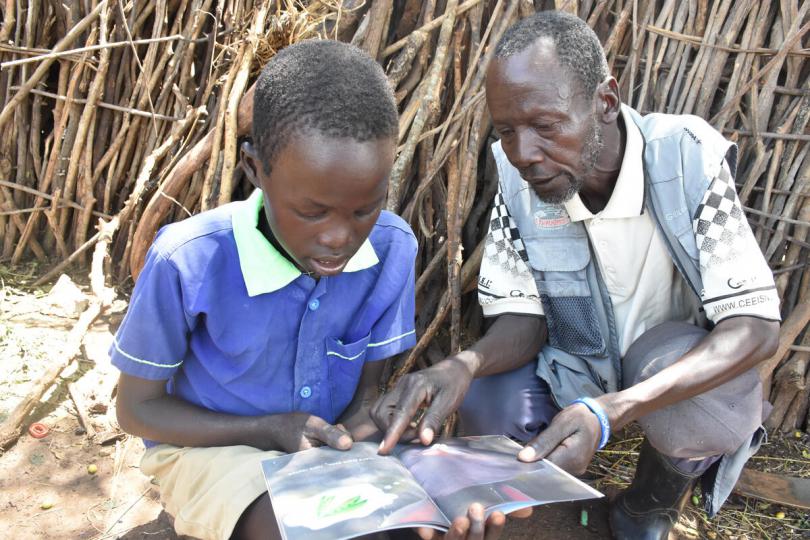
A new tool for tracking the learning crisis
That’s why the launch of the Lost Potential Tracker today is so important. The Tracker - using the World Bank’s learning poverty data - is an interactive tool designed to measure the scale of the global learning crisis since world leaders adopted the Sustainable Development Goals in 2015. It allows education experts and the public to track, in real time, the increasing number of 10-year-olds unable to read and understand a sentence.
They are also able to read the stories of children affected by the global learning crisis, step into the shoes of a policymaker and experience first-hand how effective financing can help turn the tide for children. Understanding and tracking the problem is the first crucial step to being able to tackle the learning crisis.

The impact of the COVID-19 pandemic has only made this crisis worse.
At the peak of the pandemic, over 1.6 billion schoolchildren were out of school. When children are out of school, their learning does not just stop but is likely to regress. Save the Children’s global survey of 25,000 children and caregivers found that four out of five children felt that they were learning little or nothing at all while out of school.
Earlier this year, we estimated that children have lost on average 74 days of education each due to school closures and lack of access to remote learning - more than a third of the standard global 190-day school year.
The Lost Potential Tracker demonstrates exactly this point. New data from the tracker suggests that the impact of COVID-19 could contribute a further 11.4 million of the 70 million children who will fail to acquire basic literacy skills by their 10th birthday this year.
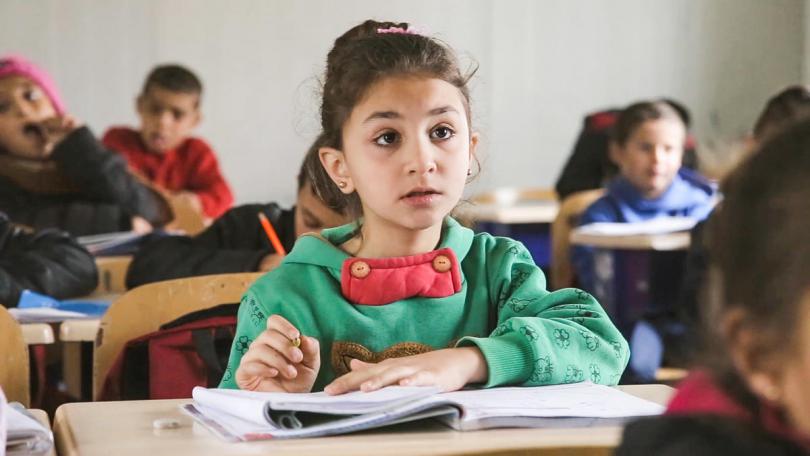
2021 is a year of opportunity for turning the tide on this education crisis
The governments should commit to the global education targets set out by the UK to ensure 40 million more girls are in school and 20 million more girls can read at age 10 by 2026. G7 leaders can sign up to these targets at the G7 Summit on June 11-13, with an important opportunity to signal buy-in at the G7 Foreign & Development Ministers meeting on May 4-5.
This education crisis will not be resolved without a significant step change in global investment in education. Donors have the opportunity to signal their commitment to the futures of the world’s children by funding the Global Partnership for Education (GPE) at the Global Education Summit on July 28-29. At the same summit, developing country governments can also commit to protecting their education budgets and spending it effectively, targeting the most marginalized. With at least US$5 billion for 2021 to 2025, GPE can transform education systems in up to 90 countries and territories and enable 175 million more children to learn.
Education has the power to protect children from poverty, violence and abuse, and helps them laugh, learn, eat, play and grow - all of this is possible with the start of something as basic as reading skills. We can’t afford to lose learning to Covid-19. This year, we have a once-in-a-generation opportunity to pressure our leaders to save education and protect a generation.
Take a look at the new Lost Potential Tracker to understand the current literacy challenge and how you can help to fix it.
